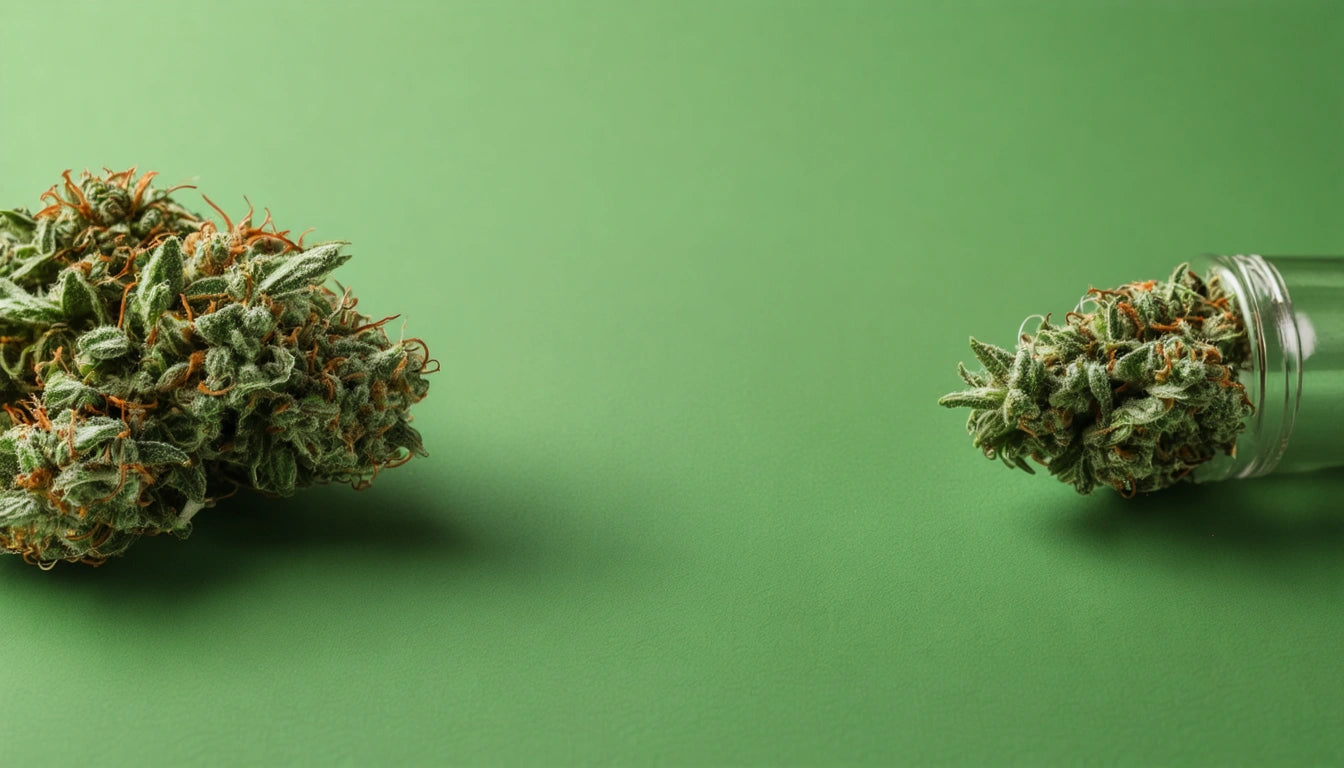Table of Contents
- Indica vs. Sativa: The Fundamental Differences
- Physical Characteristics and Growth Patterns
- Effect Profiles and User Experiences
- Popular Strains and Their Classifications
- Medical Applications and Therapeutic Benefits
- Choosing the Right Strain for Your Needs
- Beyond Binary Classification: The Future of Cannabis Categorization
Indica vs. Sativa: Understanding the Differences and Choosing the Right Strain
The cannabis world divides primarily into indica and sativa categories, a classification system that helps users navigate the diverse effects and benefits of different strains. Understanding these differences is crucial for both recreational users and medical patients seeking specific outcomes from their cannabis experience.
Indica vs. Sativa: The Fundamental Differences
The distinction between indica and sativa originated as a botanical classification based on physical characteristics of the cannabis plant. Indica varieties typically grow shorter and bushier with broader leaves, while sativas grow taller with narrower leaves. However, today's understanding goes beyond physical appearance to encompass effect profiles.
According to research on cannabis strain differences, indicas are generally associated with relaxing, sedative effects often described as a "body high," while sativas typically produce energizing, cerebral effects often called a "head high."
Physical Characteristics and Growth Patterns
Beyond the basic differences, several physical characteristics help distinguish between these plant types:
Indica Plants
- Short, bushy stature (typically 3-6 feet tall)
- Broad, dark green leaves
- Dense, heavy buds
- Shorter flowering cycle (6-8 weeks)
- Higher yields in less time
Sativa Plants
- Tall, lanky growth (can reach 12+ feet)
- Narrow, light green leaves
- Looser, lighter buds
- Longer flowering cycle (10-16 weeks)
- Adapted to equatorial climates
These growth differences make indica strains generally preferred for indoor cultivation, while sativas often require more space and light. For those interested in the cultivation aspects, this detailed comparison provides valuable insights into the visual distinctions between indica and sativa plants.
Effect Profiles and User Experiences
The effects associated with indica and sativa strains stem from their unique combinations of cannabinoids and terpenes:
Typical Indica Effects
- Deep relaxation and sedation
- Full-body physical effects
- Stress and anxiety reduction
- Pain relief
- Sleep promotion
Typical Sativa Effects
- Energizing and uplifting
- Enhanced creativity and focus
- Cerebral stimulation
- Mood elevation
- Social facilitation
When considering relative potency, many users wonder which type is stronger. The answer isn't straightforward, as potency depends more on THC content and terpene profiles than strain classification.
Popular Strains and Their Classifications
Many popular cannabis strains fall clearly into indica or sativa categories, while others exist as hybrids with characteristics of both:
Common Indica-Dominant Strains
- GMO (also known as Garlic Cookies) - is GMO indica or sativa? It's primarily indica-dominant
- Face Off OG - a potent indica strain known for its relaxing properties
- Slurricane - an indica-dominant hybrid with sedative effects
Common Sativa-Dominant Strains
- Melonade - a sativa-leaning strain with uplifting effects
- Mimosa - primarily sativa-dominant with energizing properties
- Chem Dawg - a sativa-leaning strain known for its potency
Notable Hybrid Strains
- GG4 (formerly Gorilla Glue #4) - a balanced hybrid with strong effects
- MAC 1 (Miracle Alien Cookies) - a hybrid that leans slightly indica
- Animal Face - a hybrid with balanced effects from both parent strains
For pre-roll enthusiasts, we offer customizable cone options that can be branded to indicate strain types, helping customers easily identify indica, sativa, or hybrid products.
Medical Applications and Therapeutic Benefits
The distinct properties of indica and sativa strains make them suitable for different medical applications:
Indica for Medical Use
- Pain management, particularly for chronic conditions
- Insomnia and sleep disorders
- Muscle spasms and tension
- Anxiety and stress reduction
- Appetite stimulation
Sativa for Medical Use
- Depression and mood disorders
- Fatigue and energy enhancement
- ADHD symptom management
- Creativity and focus enhancement
- Daytime medication without sedation
For specific conditions like glaucoma, research suggests indica strains may be preferable due to their pressure-reducing properties. Similarly, for chemotherapy patients, indica strains often help with nausea and appetite stimulation, while sativas can combat fatigue.
When considering pain management specifically, this comparison of indica vs. sativa for pain relief offers valuable guidance for patients.
Choosing the Right Strain for Your Needs
Selecting between indica and sativa depends on several factors:
Consider Your Purpose
- For relaxation, sleep, or pain relief, indica strains typically work better
- For energy, creativity, or daytime use, sativa strains are generally preferred
- For gaming or activities requiring focus with relaxation, balanced hybrids offer the best of both worlds
Consider Your Tolerance
- Beginners might start with lower-THC varieties of either type
- Experienced users may prefer higher-potency options based on desired effects
Consider Timing
- Morning and daytime use typically favors sativas
- Evening and nighttime use often calls for indicas
Learning how to distinguish between indica and sativa strains by appearance, aroma, and effect can help consumers make more informed choices.
Beyond Binary Classification: The Future of Cannabis Categorization
Modern cannabis science is moving beyond the simple indica/sativa dichotomy toward a more nuanced understanding based on cannabinoid and terpene profiles. THC and CBD content, along with terpenes like limonene, myrcene, and pinene, may better predict effects than traditional classifications.
The future of cannabis categorization likely lies in chemotype-based systems that provide more accurate guidance on expected effects. This evolution in understanding helps explain why some indica strains can feel energizing or why some sativas might induce relaxation, contrary to traditional expectations.
As the cannabis industry matures, consumers benefit from this more sophisticated approach to strain selection, allowing for more predictable and personalized experiences beyond the basic indica vs. sativa framework.











Leave a comment
All comments are moderated before being published.
This site is protected by hCaptcha and the hCaptcha Privacy Policy and Terms of Service apply.